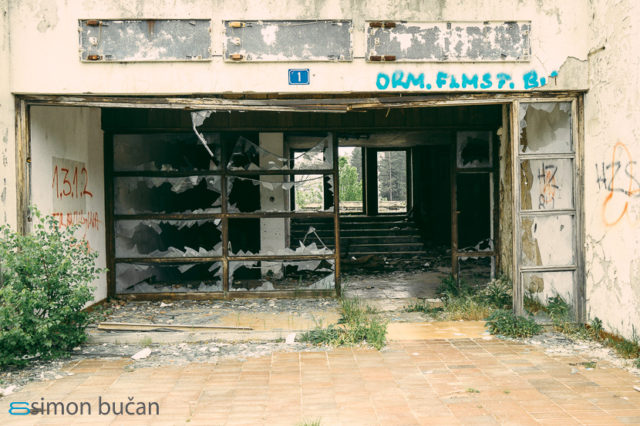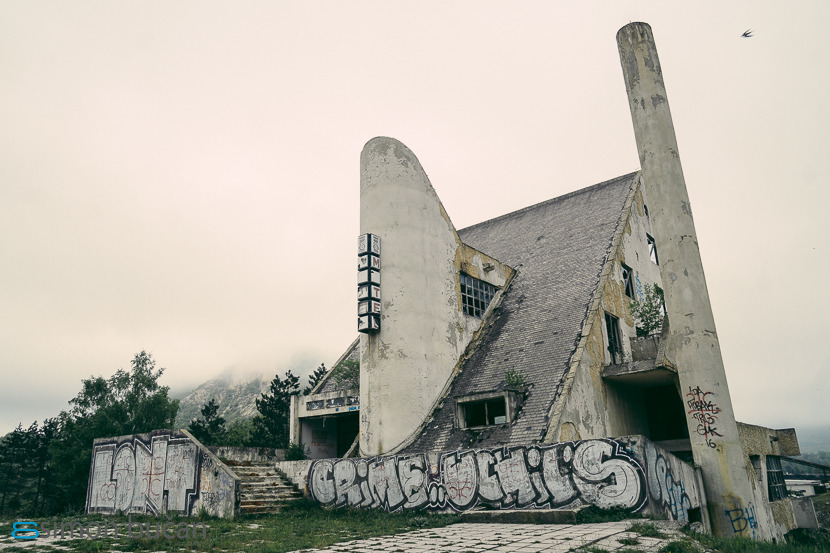Motel EHOS: In the village of Miljevina, Serbia, can be found a former motel that provides an excellent example of brutalist architecture. Miljevina is located in the municipality of Foča and is a mining village with just over 1,000 inhabitants, according to the census in 2013.
The village of Miljevina was founded in 1904. A coal mine operated there, and the area swiftly turned into a mining village. Residential houses, a railroad, and an Orthodox church were built. At the end of 1931, a decision was made to build the first village school, and it opened to pupils in 1932.
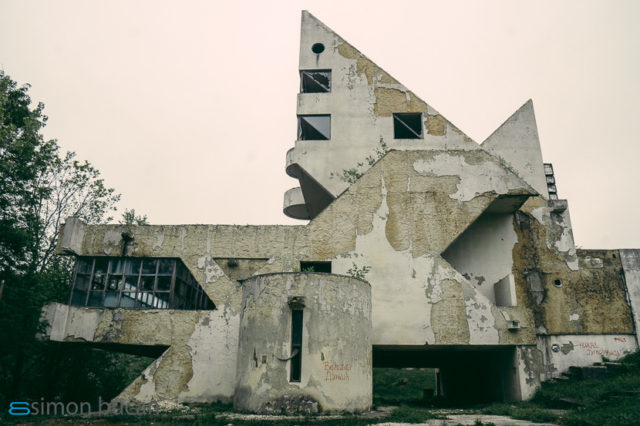
Although many armies passed through the settlement during the Second World War, no major engagements took place in the area. Foča and the surrounding area was officially liberated from the Germans on January 20, 1980, by Partisan forces.
The Motel EHOS was built in 1980 and was initially known as the “Bystrica” Motel after the nearby river. Later, the hotel was mostly known as Motel EHOS or the Milevina Motel. It was also sometimes erroneously referred to as Motel Emos.
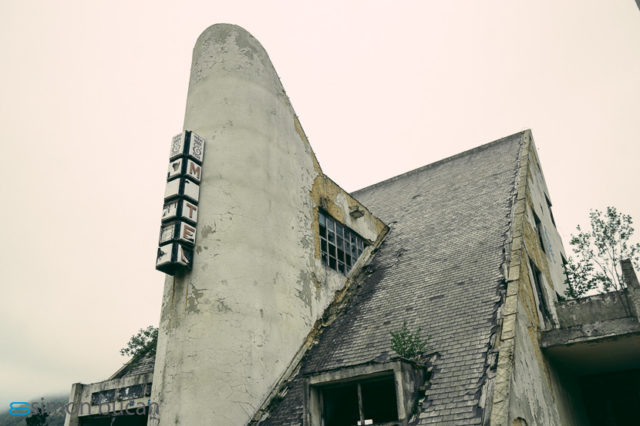
It is likely that the motel was constructed to take advantage of the nearby Battle of Sutjeska Memorial Complex, a site that commemorates a battle where 7,500 lives were lost as Partisan forces tried to fight their way past German and Italian troops. The central feature of the complex is a 19-meter-high (62-feet-high) sculpture by Miodrag Živković.
During the Bosnian War (1992-1995), Crisis Committees were created and set up in many towns and villages around the country by the Serbs. The task of such committees was to ensure that their assigned settlement fell under the control of either the Serbian armed forces or the police.
However, once that task was accomplished, the committees became involved in the ethnic cleansing of the Serbian population. To this end, they would remove Muslim Bosniaks and Bosnian Croats from the settlements they controlled.
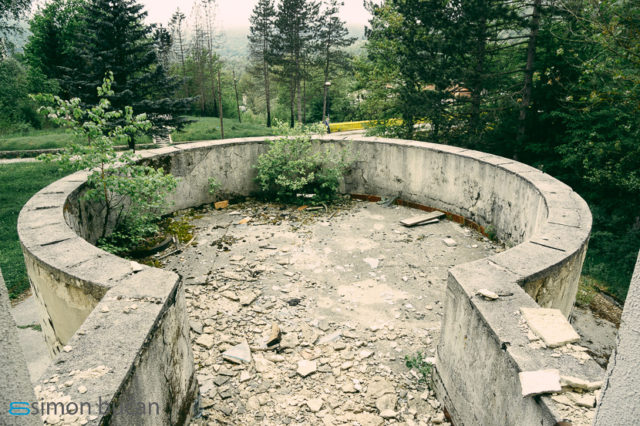
Although Milevina fell under the control of a Crisis Committee set up in Foča, records show that Motel EHOS was also converted into a more local committee headquarters. At this time, the motel was owned by either the municipality or the Sutjeska National Park.
A nongovernmental organization called the Human Rights Watch created a report based on interviews with witnesses who survived the war and the atrocities. It appears that those stationed in Motel EHOS were responsible for such crimes as the deliberate destruction of property, persecution, forced labor in the coal mine, and other, more horrific acts in Miljevina.
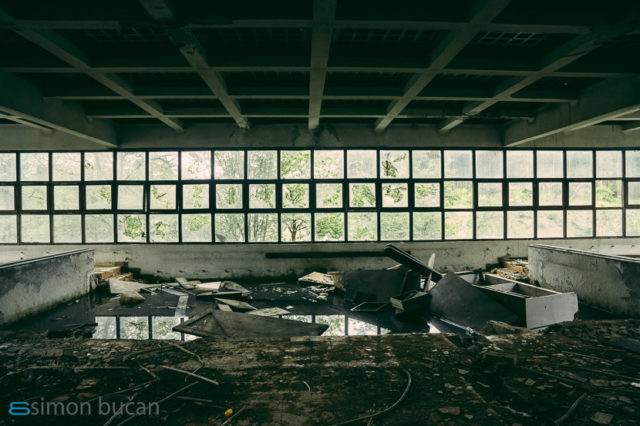
After the war ended, the headquarters was closed and the hotel fell into disrepair. Today, it stands as a beautiful example of modernist architecture and, despite its brutal past, draws many urban explorers and photographers to the area.
Intrepid explorers have located a plaque that states that the foundation stone of Motel EHOS was laid on January 20, 1980, to commemorate the liberation of Foča. However, many visitors complain of the terrible smell inside the building as well as the waste and animal excrement that litters the ground floor.
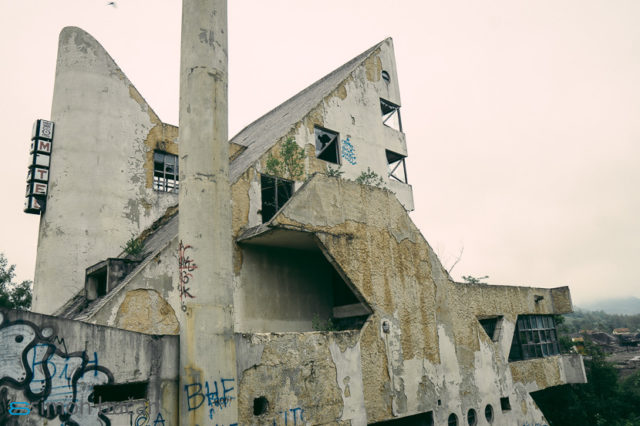
Simon Bučan is a photographer and the photos of Sveti Grgur in Croatia belong to him. He runs an amazing blog where he shares beautiful images from his travels. You should definitely check it via this link.
You will find a lot of different interesting categories including urban exploration. A big thank you to him for sharing the photographs of the island with our readers!
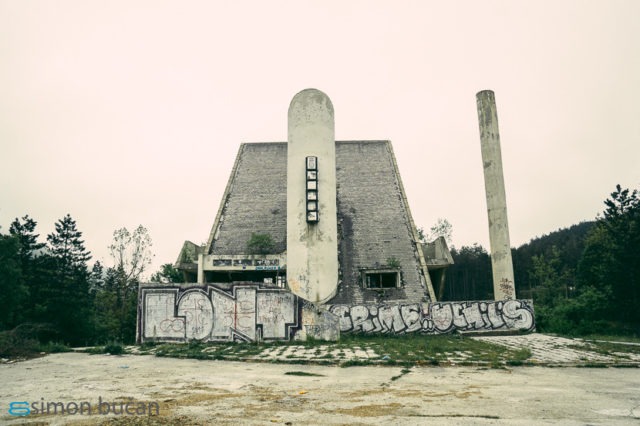
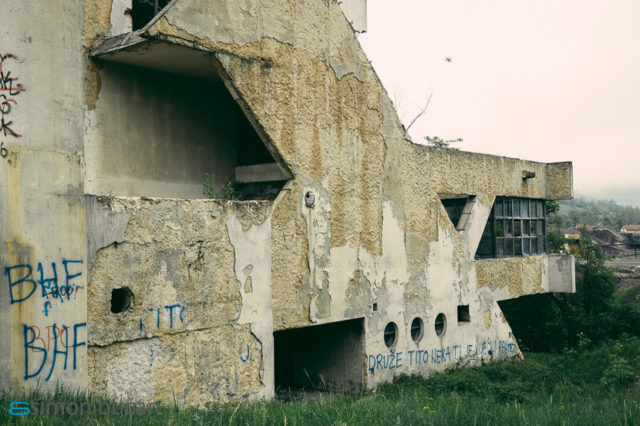
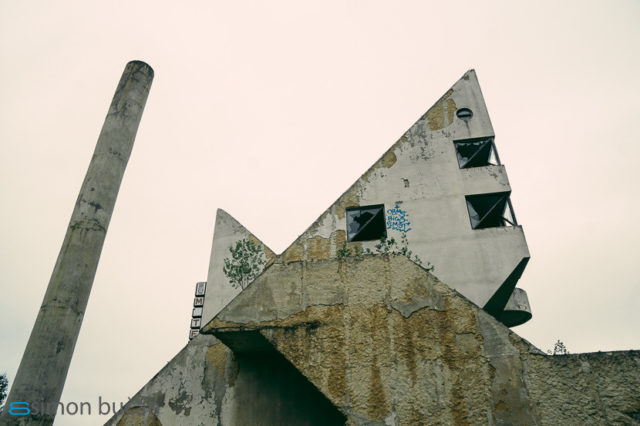
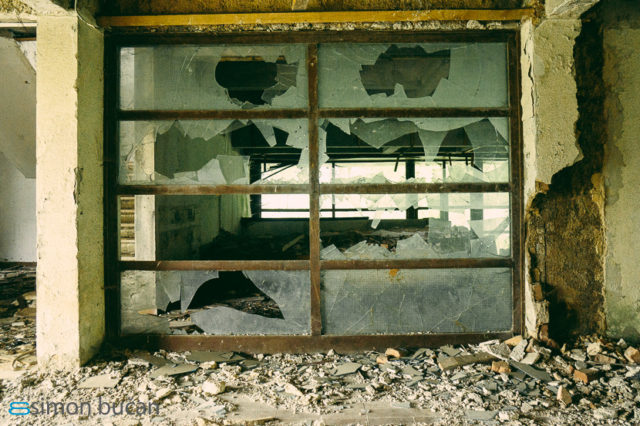
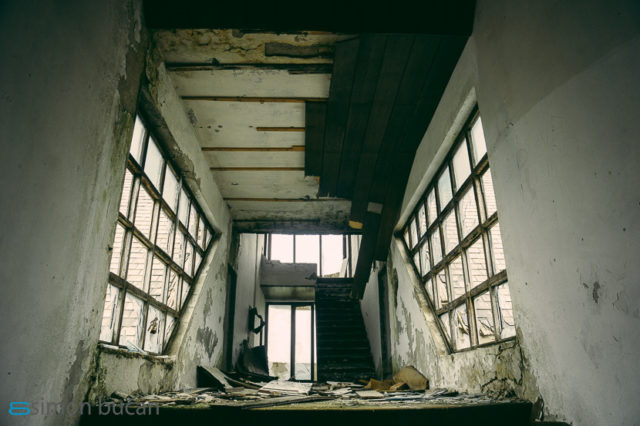
Another Article From Us: 170,000 Concrete Military Bunkers in Albania
